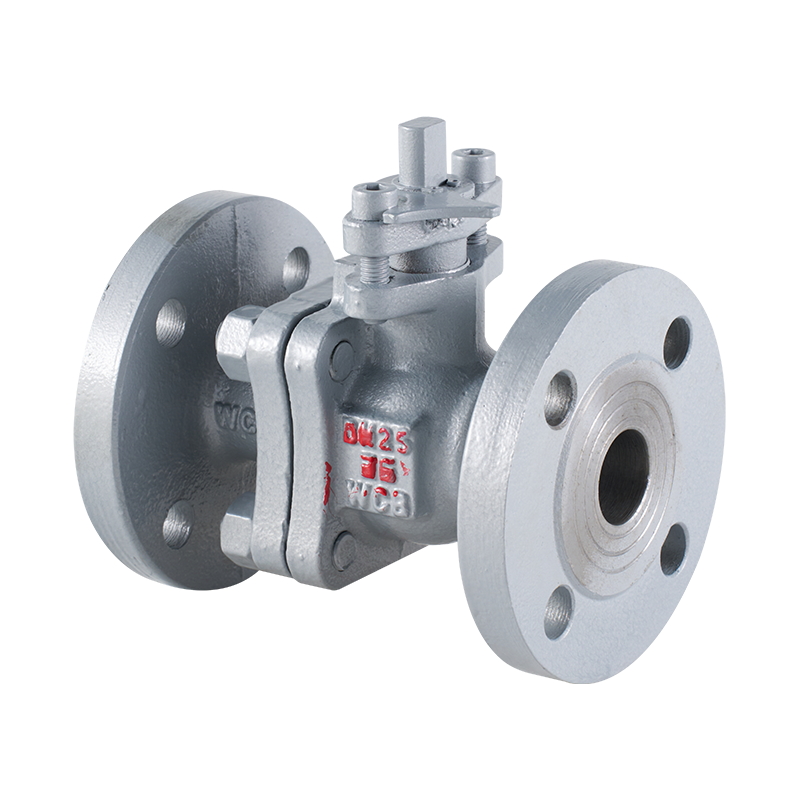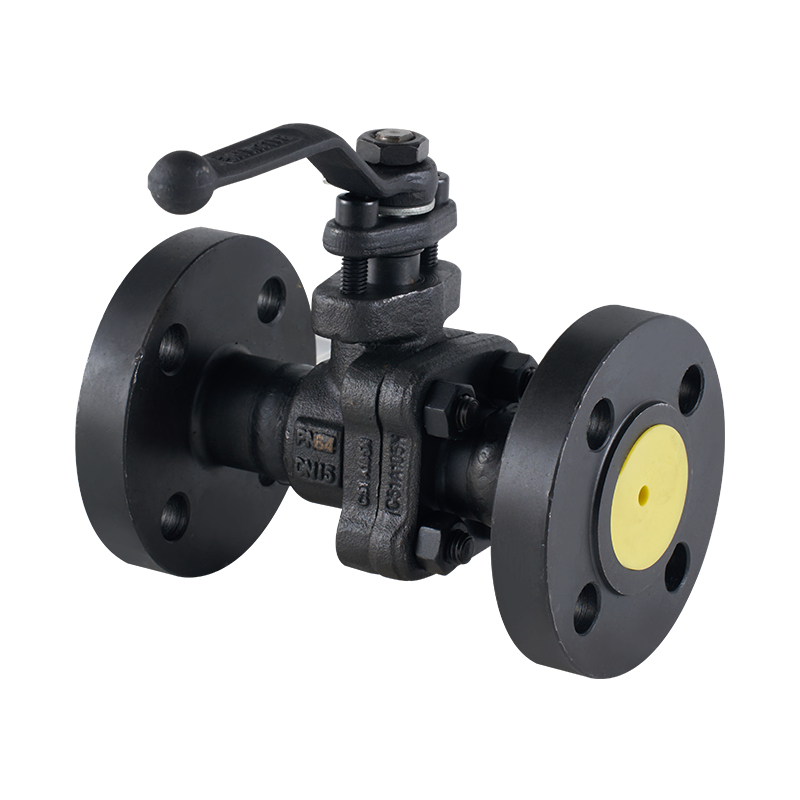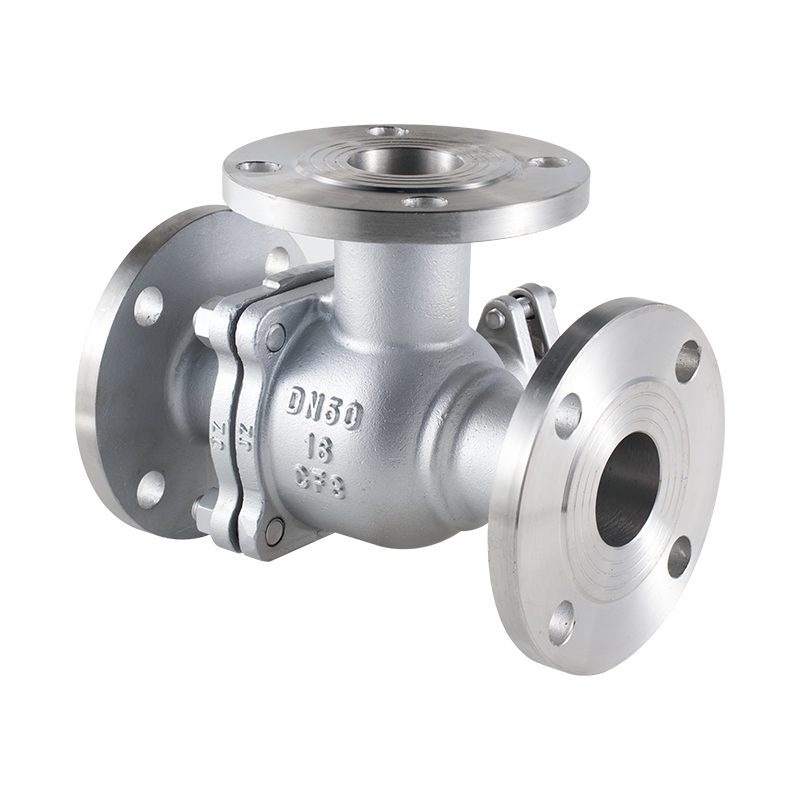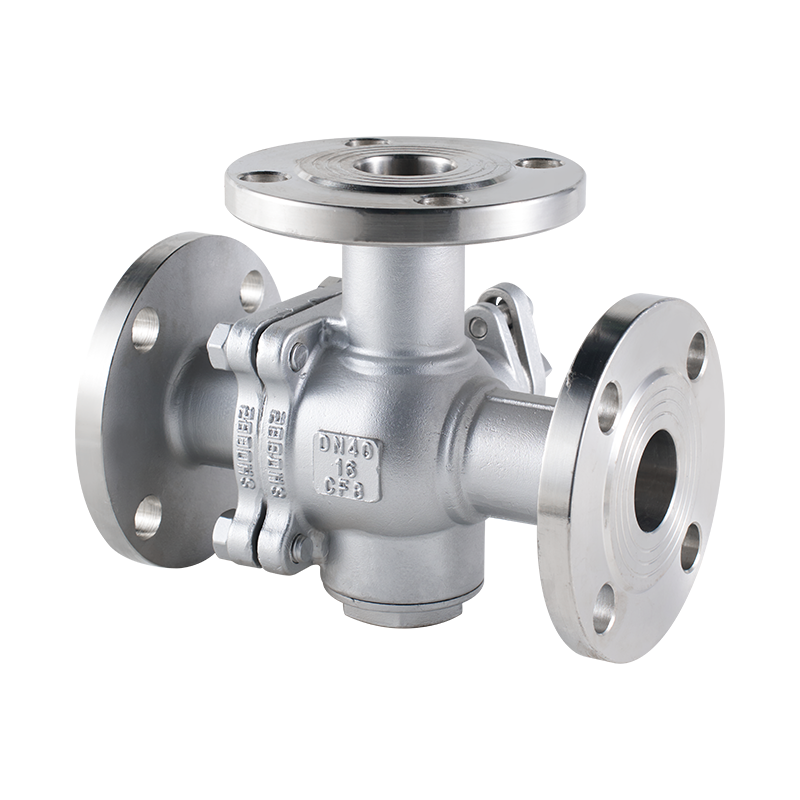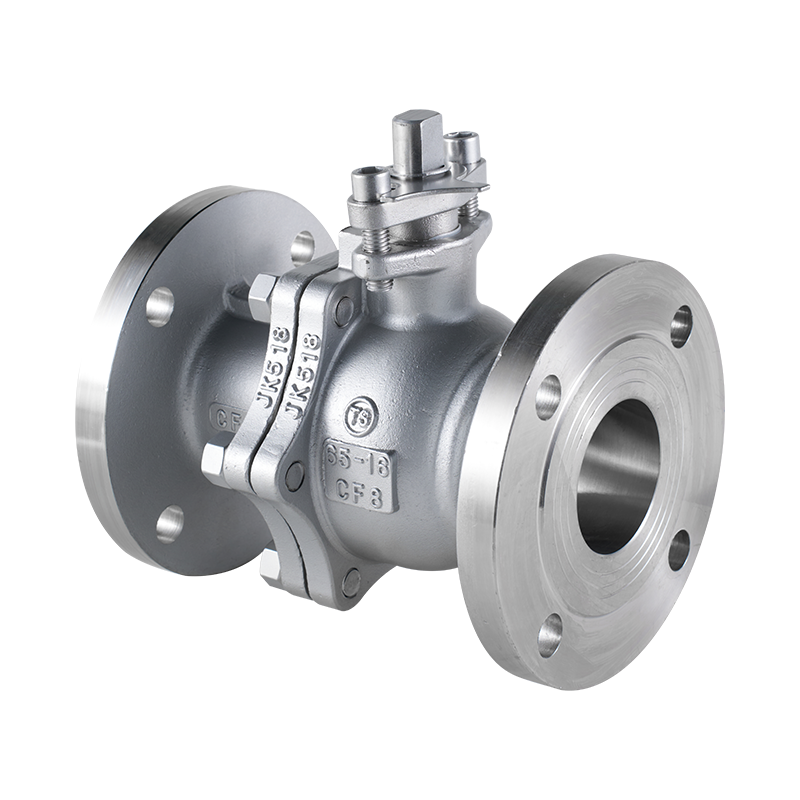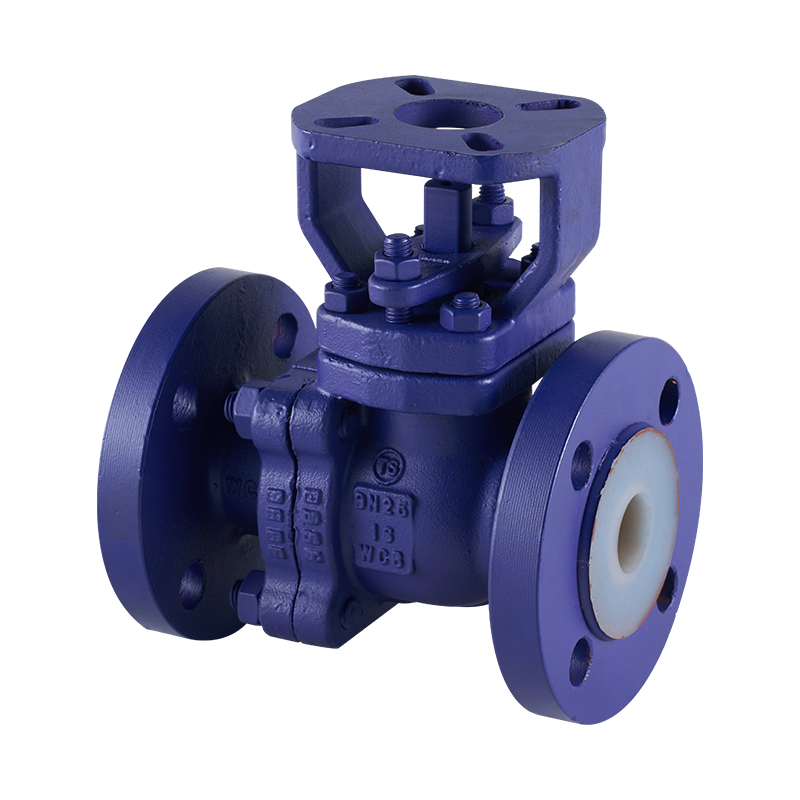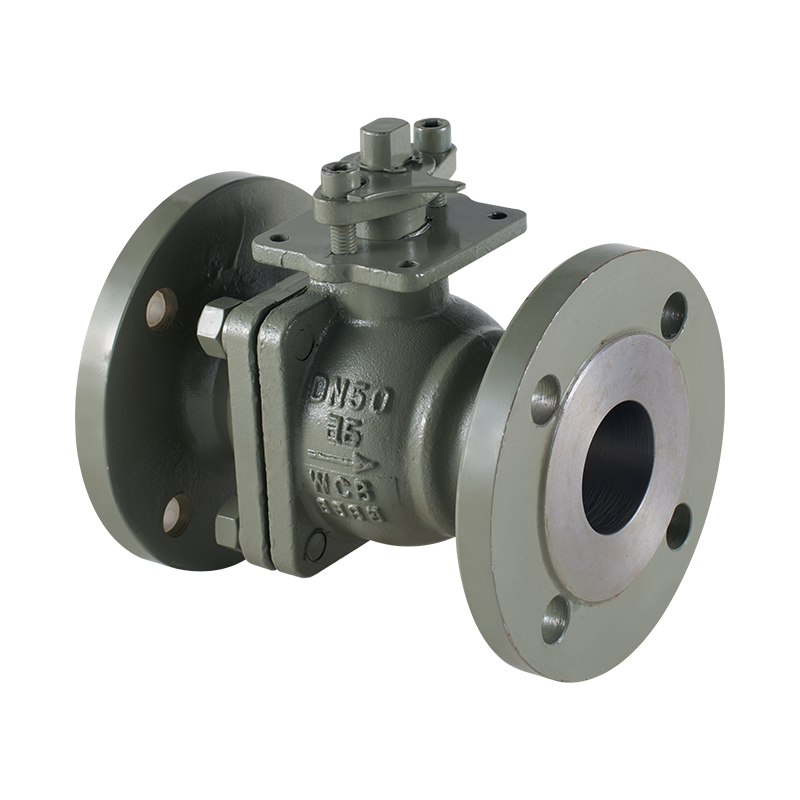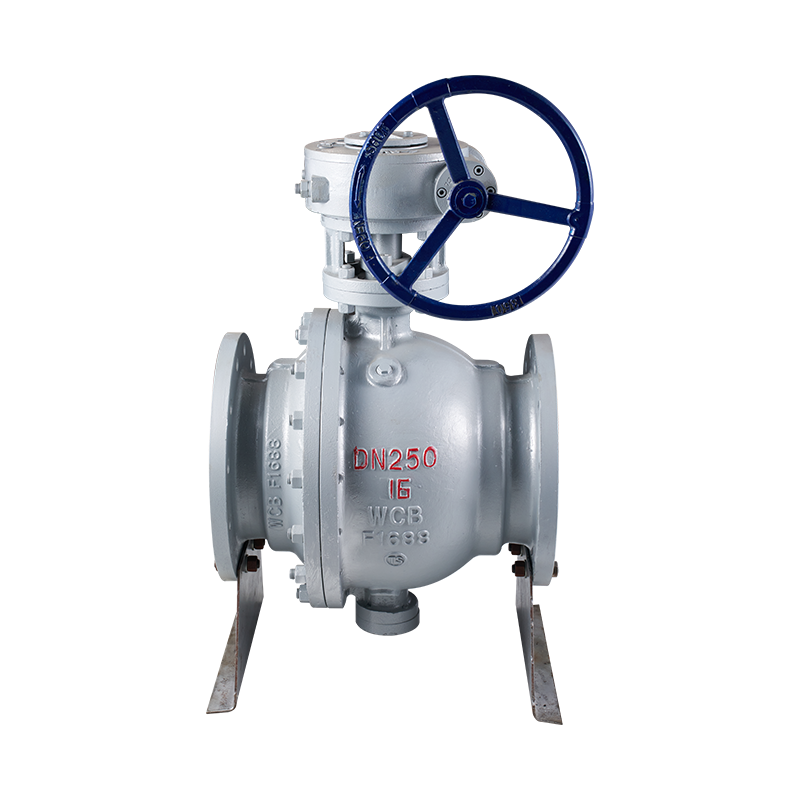The production of high temperature ball valves has become an essential part of modern industrial systems, especially in sectors like oil and gas, chemical processing, and power generation. These valves are designed to manage the flow of fluids under high-temperature conditions, which can range from moderate to high heat. Ensuring reliable and safe operation in such environments requires specialized materials, design considerations, and manufacturing processes.
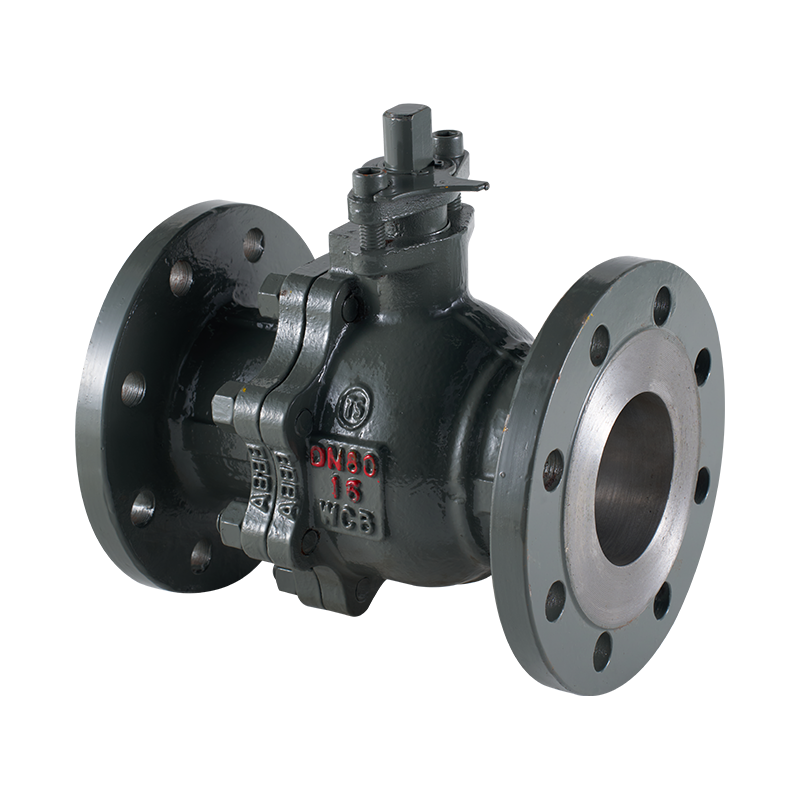
One of the primary factors that influence the production of high temperature ball valves is the material selection. Materials such as stainless steel, alloy steels, and special high-temperature alloys like Inconel and Hastelloy are commonly used due to their exceptional ability to withstand elevated temperatures without compromising strength or structural integrity. These materials provide high resistance to oxidation, corrosion, and thermal fatigue, making them ideal for applications where temperatures can soar above 500°C (932°F).
The design of a high temperature ball valve must also account for thermal expansion and contraction. As temperature increases, materials tend to expand, which could affect the valve's sealing capabilities. Manufacturers employ advanced sealing technologies such as metal-to-metal seals or high-temperature elastomers to ensure that the valve remains leak-free even at elevated temperatures. In some cases, advanced lubricants or coatings are applied to reduce friction and wear between moving parts.
The development of high pressure ball float valves is another area of growing importance in industrial valve technology. These valves are essential components in fluid management systems where maintaining a constant liquid level under high-pressure conditions is critical. Commonly used in applications such as water treatment, fuel systems, and industrial cooling processes, high pressure ball float valves help regulate the flow of fluids while ensuring reliable, efficient operation.
One of the critical challenges in the development of high pressure ball float valves is designing them to withstand high-pressure environments without sacrificing performance. These valves must be constructed from materials that can handle the mechanical stress and corrosion caused by high-pressure fluid flow. Stainless steel, alloy steels, and sometimes even more advanced materials like duplex stainless steel are used due to their strength and resistance to pressure-induced deformation.
In addition to material strength, the internal components of a high pressure ball float valve must be designed to function seamlessly under pressure. The float mechanism, which automatically adjusts the valve's position in response to changes in liquid levels, needs to be highly responsive and durable. This is achieved by utilizing specially designed floats and high-performance seals that can operate effectively even when subjected to high-pressure fluid dynamics.
The ball itself, which plays a pivotal role in controlling flow, must also be designed to handle high-pressure conditions without becoming deformed or worn over time. This is often achieved by using hard-wearing materials like ceramic or specially hardened stainless steel. The ball's surface is often treated with a coating or finish that enhances its resistance to abrasion and erosion caused by high-pressure fluid flow.
The development of high pressure ball float valves also incorporates innovations in sealing technology. These valves typically use soft-seated or metal-seated designs to ensure a reliable seal under conditions. Metal seals are often favored for applications where higher pressures and temperatures are encountered, as they offer better performance in such environments compared to traditional elastomeric seals.
As with all industrial valves, high pressure ball float valves undergo rigorous testing to ensure they meet strict standards for pressure, leak tightness, and operational reliability. Manufacturers must perform extensive performance testing, including simulating high-pressure conditions, to ensure that the valves can operate safely and efficiently in the intended application.

 English
English 中文简体
中文简体


